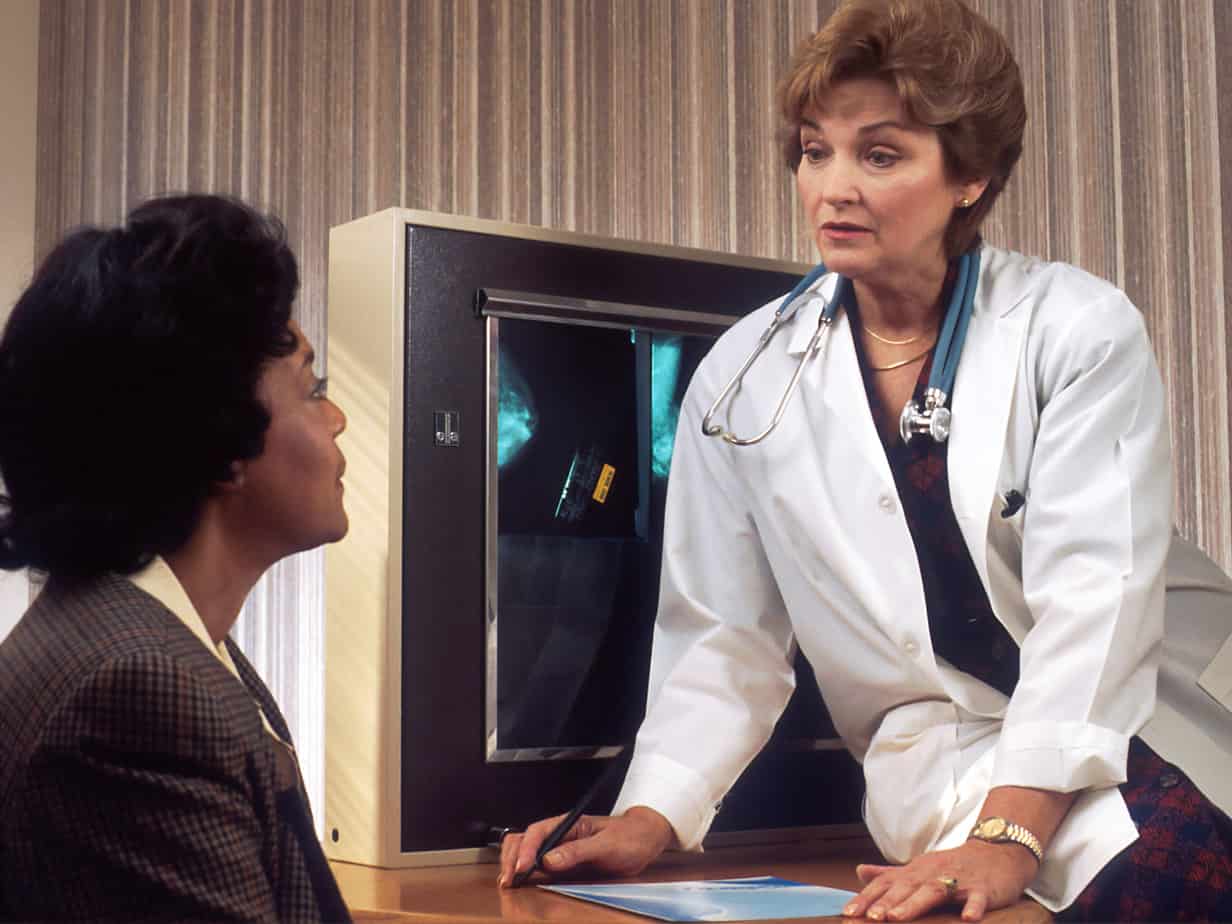
"In the past two years or so, many Americans suddenly found themselves faced with hypertension, says Consumer Reports. For some 31 million, it wasn’t an abrupt surge in blood pressure that put them in that category. It was the result of a new definition of high blood pressure from the American Heart Association (AHA) and the American College of Cardiology (ACC) in 2017."
"Before then, blood pressure was considered borderline-high at 140/90. (The systolic number is the top one; the diastolic, the bottom.) Now, a measurement as low as 130/80 is considered stage 1 hypertension."
"Some experts say that redefining hypertension offers significant benefits. 'There’s a lot of therapeutic inertia in medicine, which means a lot of physicians were just shrugging their shoulders when patients were coming in with blood pressure readings of 135/85 instead of sitting them down and counseling them about their measurements,' says Luke Laffin, M.D., a preventive cardiologist at the Cleveland Clinic. 'When you label it hypertension, both physicians and patients are more likely to take notice and act on it.'”
"A 2019 study in the journal Circulation estimated that if all adults in the U.S. ages 45 and older who met the criteria for taking blood pressure meds kept their levels below 130/80, we’d see three million fewer strokes, heart attacks, and episodes of heart failure over a decade. But right now, more than half of Americans who take medication for hypertension still have blood pressure that’s too high — over 130/80, says Paul Muntner, Ph.D., a professor of epidemiology at the University of Alabama at Birmingham."
"The five ranges of blood pressure defined in the 2017 guidelines are:
- Normal: A top (systolic) number of less than 120 and a bottom number (diastolic) of less than 80.
- Elevated: A top number between 120 and 129, and a bottom number less than 80.
- Stage 1: A top number between 130 and 139, or a bottom number between 80 and 89.
- Stage 2: A top number of 140 or higher, or a bottom number of 90 or higher.
- Hypertensive crisis: A top number over 180 and/or a bottom number over 120."
"It’s important to know where you fall on the hypertension spectrum, so it’s reasonable for your doctor to check your blood pressure at every office visit. But if he or she hasn’t diagnosed hypertension, one high reading doesn’t necessarily mean you have it, says Rita Redberg, M.D., a cardiologist at the University of California San Francisco."
“'It’s important to talk with your doctor about your age, overall risk for heart disease, other health issues you’re managing, and the possibility of side effects to determine the best target for you and how to get there,' Laffin says."
"Your doctor can also calculate your 10-year risk for a heart attack or stroke, which may inform your decision."
It's important that Cardiologist Patients are aware of the updates in blood pressure readings and know the associated risks with each stage. According to AudienceSCAN, the top performing advertising media for this audience group last year were TV commercials, direct mail ads, sponsored search results and email ads.
AudienceSCAN data is available for your applications and dashboards through the SalesFuel API. In addition, AdMall contains industry profiles on doctors, cardiologists and hospitals, general medical and surgical, as well as lead lists at the local level. Media companies, sales reps and agencies can access this data with a subscription to AdMall from SalesFuel.
